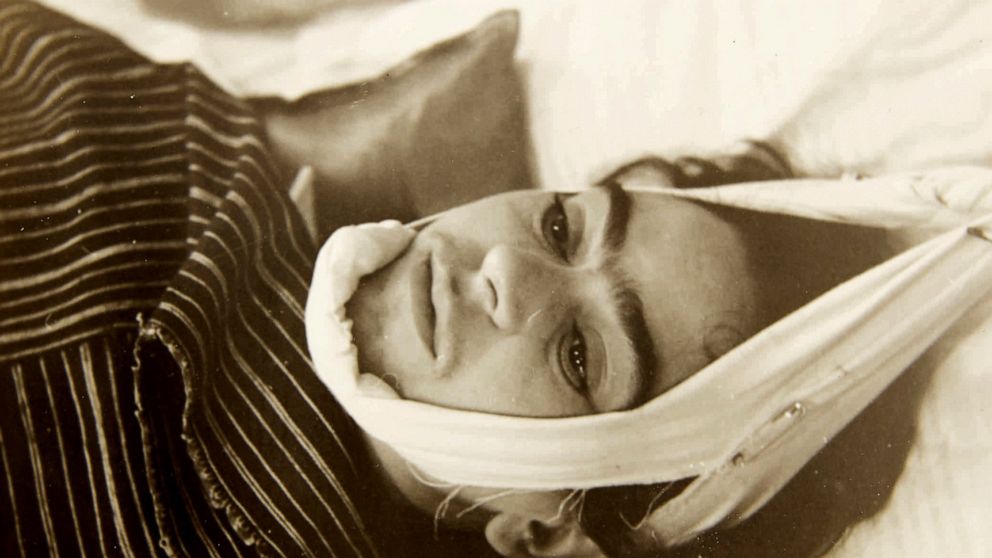
“ Baes and Ramadan capture the liberty and madness, the very breath of Duras’ s thought: moving seamlessly between ideas, the measured precise inhales and exhales of an opera singer. Her voice is so strong that she dissolves boundaries to create a single oeuvre, a composite but unified body of work.” -Natasha Boyd, Los Angeles Review of Books “The work in Me & Other Writing varies from essays to journalism to the beginnings of the autofiction she would make famous with L’Amant, for which she won the Prix Goncourt in 1992, but they are completely alike in their didacticism, humor, pessimism, and intelligence. Duras is not for an age, as they say, but for all time, and the pieces collected lovingly and thoughtfully into this volume will stay with me forever.” -Kyle Williams, Chicago Review of Books “Of course many of us have read L’Amant, and many of us are already fans of the kind of autofiction that Duras helped popularize, but despite that I was unprepared for how deeply affecting a reading experience Me & Other Writing would be. And the brief translators’ Afterword to this collection is a piece of writing on its own, a tender précis on the art, and dilemmas, of rendering Duras and her ‘écriture courant’ in English.” -Rachel Kushner, Artforum “This little book of goodies starts off with a bang. Watch the video of our Celebration of Marguerite Duras event at The Center for Fiction, with Kate Zambreno and co-translator Emma Ramadan. Read an excerpt from the book (“The Horror of Such a Love”) at The New Yorker. These are essayistic works written for their times but too virtuosic to be relegated to history, works of commentary or recollection or reportage that are also, unmistakably, works of art. From the stunning one-page “Me” to the sprawling 70-page “Summer 80,” there is not a piece in this collection that can be easily categorized. Me & Other Writing is a guidebook to the extraordinary breadth of Duras’s nonfiction. Within a single essay she might roam from Flaubert to the “scattering of desire” to the Holocaust within the body of her essays overall, style is always evolving, subject matter shifting, as her mind pushes beyond the obvious toward ever-original ground. In her nonfiction as well as her fiction, Marguerite Duras’s curiosity was endless, her intellect voracious. He was designated in 2017 as editor of Muriel Spark’s letters.Ī new collection of Duras’s essays, translated into English for the first time.

He is Distinguished Professor of Comparative Literature & English at the American University of Paris where he directs the Center for Writers & Translators. Her translations include Anne Garréta’s Sphinx and Not One Day, Virginie Despentes’s Pretty Things, Ahmed Bouanani’s The Shutters, and Marcus Malte’s The Boy.ĭan Gunn is a novelist, critic, and translator, as well as being one of the editors of the four-volume Letters of Samuel Beckett and editor of the Cahiers Series.

She is the recipient of an NEA fellowship, a PEN/Heim grant, and a Fulbright for her translation work. She holds a Bachelor’s Degree in Comparative Literature and a Master of the Arts in Cultural Translation from the American University of Paris.Įmma Ramadan is a literary translator based in Providence, RI, where she co-owns Riffraff, a bookstore and bar. Olivia Baes is a trilingual Franco-American writer and actress. She is perhaps best known for her internationally bestselling novel The Lover, which won the Prix Goncourt in 1984.

Duras wrote many novels, plays, films, and essays during her lifetime. During WWII she was active in the Resistance, and in 1945 she joined the Communist Party. Born Marguerite Donnadieu in 1914 in what was then French Indochina, she went to Paris in 1931 to study at the Sorbonne. Given their saturation and even obsession with the “other,” it is no less surprising that novels written by native French speakers also draw strongly on the ambient political, cultural, and historical contexts.Marguerite Duras was one of France’s most important and prolific writers. This is especially true in the novel, whose narratives are often underpinned by direct references to, say, the evolution of Vietnamese society in Tran Van Tung’s Bach-Yên or Pham Van Ky’s Frères de sang (Blood Brothers), or to the wars for independence in Cung Giu Nguyen’s Le Domaine maudit (The Accursed Land) and Ly Thu Ho’s Le Mirage de la paix (The Mirage of Peace). Not surprisingly, this literature draws on existing political, cultural and historical contexts. The emergence of a Vietnamese literature in French was a direct result of this French presence in Viet Nam. As in other colonies, the official presence of the French in Southeast Asia (1860s to 1954) provoked cultural production from both indigenous and colonial populations. Most readers of Duras know of her birth and childhood in Indochina during the colonial period.


 0 kommentar(er)
0 kommentar(er)
